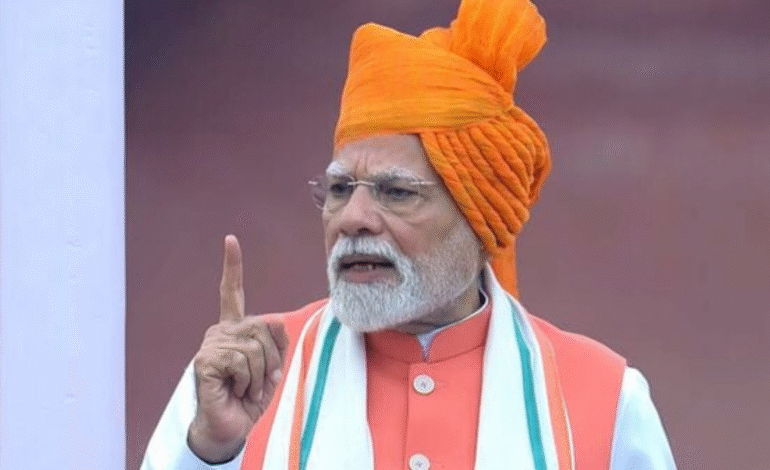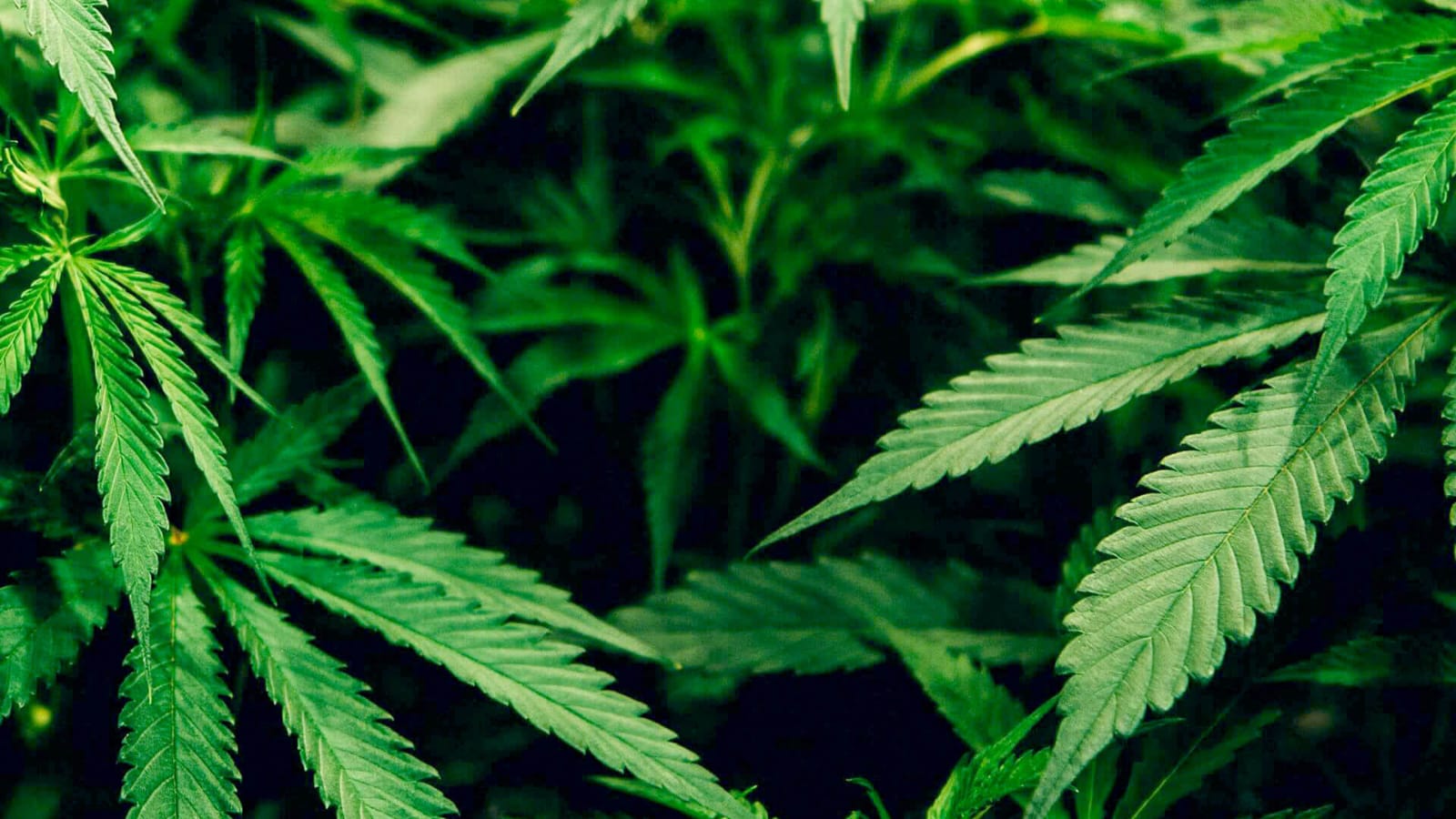India Introduces Sudarshan Chakra Defence System and GST Tax Reforms

India’s Independence Day this year was marked by strong words and bold promises from Prime Minister Narendra Modi. In his address to the nation, he shared two major announcements. The first was the launch of a new defence system called Sudarshan Chakra, designed to stop enemy infiltrations and strengthen India’s security. The second was a set of new tax reforms, including cuts to Goods and Services Tax (GST), meant to boost consumer spending and support India’s economy.
These announcements showed two sides of India’s strategy protecting the nation’s borders and growing the nation’s economy. Both are vital as India faces global trade challenges, rising tensions with Washington, and the need to push for self-reliance.
Sudarshan Chakra: A New Defence Shield for India
The highlight of Modi’s speech was the introduction of the Sudarshan Chakra defence system. While full details have not been shared, the government explained that the system is designed to stop infiltrations and improve India’s offensive capabilities.
The name Sudarshan Chakra comes from Indian mythology, where it is known as the weapon of Lord Vishnu. It represents power, speed, and precision. By using this name, the government is sending a clear message: India is ready to strengthen its defence with advanced technology and strong symbolism.
This new system also connects with the larger plan of modernising India’s armed forces. For years, India has been working to reduce its dependence on imported weapons and focus more on indigenous defence manufacturing. If Sudarshan Chakra is deployed successfully, it could become a game-changer in how India defends its borders.
Push for Self-Reliance in Every Sector
Prime Minister Modi used his speech to repeat his call for an Atmanirbhar Bharat (self-reliant India). He encouraged the nation to focus on making more products within India, from fertilisers and jet engines to EV batteries and semiconductors.
Here are the key points from his plan:
Semiconductors: India-made chips will be available by the end of this year, a big step as global demand for chips continues to rise.
Critical Minerals: India is carrying out exploration in 1,200 sites to find key minerals needed for energy, electronics, and defence.
EV Batteries and Clean Energy: India wants to be a leading player in green technology, especially electric vehicles and renewable energy.
This plan is not just about cutting imports. It also means more jobs, more innovation, and more global competitiveness for Indian industries.
Trade Conflict with the United States
Modi’s speech also came at a difficult time for India’s exports. U.S. President Donald Trump has placed tariffs on several Indian goods, including textiles, shrimp, footwear, gems, and jewellery. These tariffs threaten India’s access to its largest export market, which was worth $87 billion in 2024.
Trade talks between the two countries have broken down after five rounds of discussions. The main disagreements were over India’s farm and dairy markets and its purchase of Russian oil.
Some of Modi’s supporters have called for a boycott of American brands such as McDonald’s, Coca-Cola, Amazon, and Apple. At the same time, Modi has urged Indians to support Swadeshi (made-in-India) products, turning the trade conflict into an opportunity to strengthen domestic markets.
The government’s message is simple: India will protect its farmers and industries, even if global trade tensions rise.
GST Reforms: Lower Taxes for a Growing Economy
Another important part of Modi’s address was the announcement of lower GST rates starting in October. The timing is important, as this is just before Diwali, one of India’s biggest shopping festivals.
The tax changes will include:
Simpler Structure: Fewer tax slabs, reduced to two main categories standard and merit.
Lower Rates: Reduced taxes on everyday products, especially those used by women, students, and farmers.
Festive Relief: More affordable shopping during the festive season, which will encourage people to spend.
A group of ministers is working on a detailed report to finalise the changes. This reform comes after earlier steps like personal income tax cuts in February and the 100 basis point rate cut by the Reserve Bank of India. Together, these measures aim to boost demand, create a business-friendly environment, and keep India’s economy strong during uncertain times.
Farmers at the Centre of Policy
Prime Minister Modi also focused on farmers, reminding the country that they are the backbone of India’s economy. With U.S. tariffs threatening farm exports, the government is planning ways to protect them.
This includes:
- Support for agricultural subsidies.
- Tax relief for farmers.
- Investment in rural development and irrigation.
By linking Swadeshi products with farming, Modi is encouraging people to buy more local agricultural goods. This will not only help farmers earn more but also make the economy less dependent on foreign markets.
Swadeshi Movement: A Call for National Support
In his speech, Modi also called on traders and shopkeepers to promote Swadeshi goods in their stores. He asked them to put up boards that proudly display Indian-made products.
This is both an economic and emotional appeal. By supporting Swadeshi, Indians are supporting their own workers, industries, and farmers. For businesses, this is also a chance to connect with the growing sense of national pride and consumer preference for local products.
India’s Balancing Act in Global Trade
While India is focusing on self-reliance, it is also aware that it needs global connections. The country is open to foreign investment and partnerships, but the aim is to make sure the domestic economy is strong enough to handle global ups and downs.
By introducing tax cuts, new defence technology, and support for farmers, Modi’s government is showing that it wants India to be both secure and competitive on the world stage.
A Vision for a Stronger India
This year’s Independence Day announcements reflected a clear vision for the country. On one side, India is building strength with the Sudarshan Chakra defence system. On the other, it is supporting economic growth through GST reforms, Swadeshi products, and farmer protection.
The combination of defence readiness and economic relief shows India’s determination to face global challenges with confidence. For ordinary citizens, the changes promise relief during festive shopping, more jobs in industries, and stronger protection for farmers. For the world, they show India’s commitment to becoming a self-reliant and powerful nation.
India’s message is firm: the country is ready to grow, defend, and thrive while staying deeply connected to its traditions of resilience, pride, and innovation.








1 Comment
[…] becoming tax-free or moving into the lower five percent category. According to her, the overhaul of GST has been carefully planned for nearly two years and will ensure both fairness in taxation and a […]
Comments are closed.